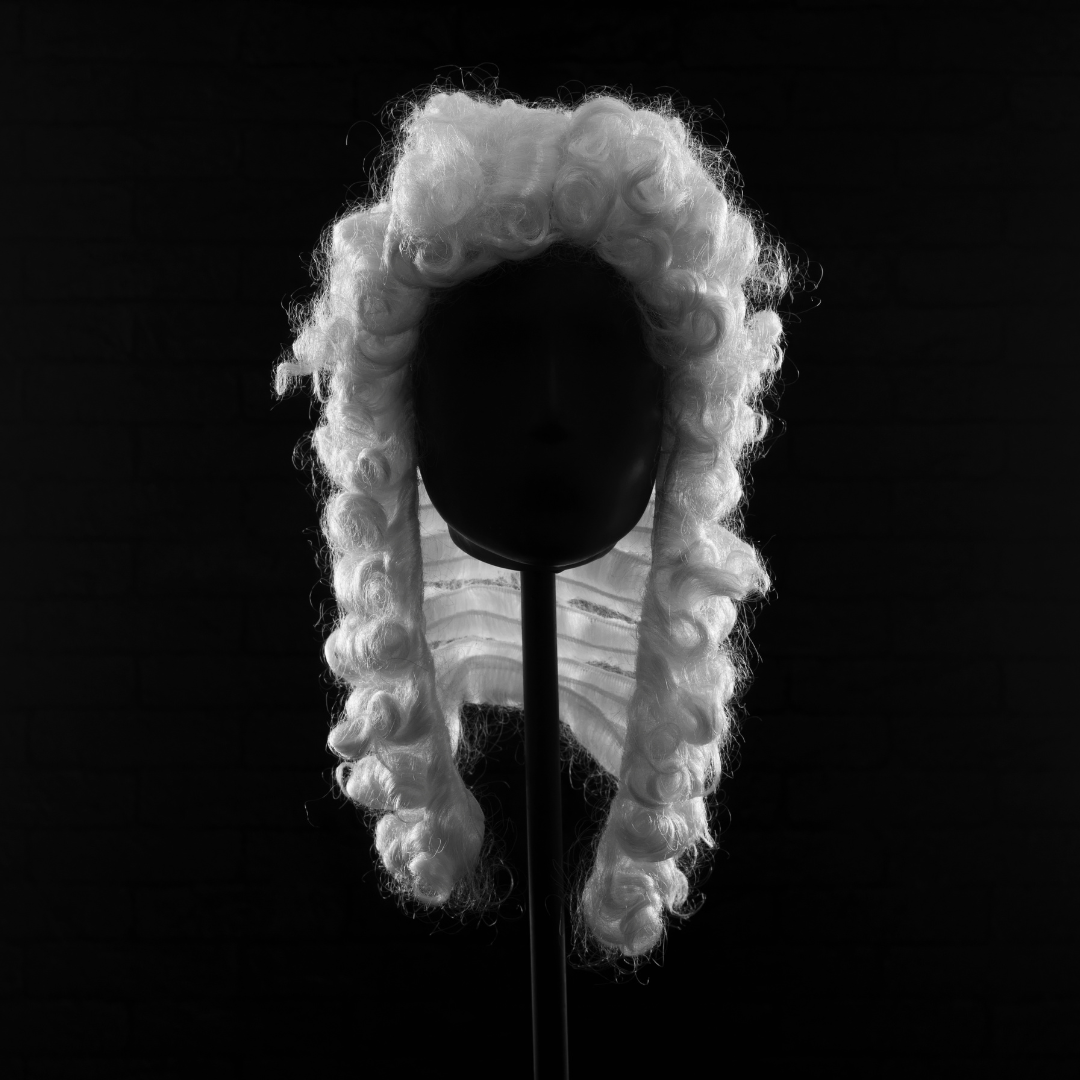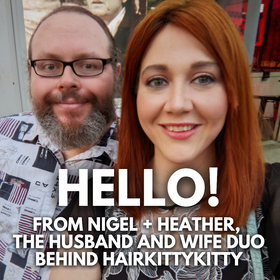
The Peruke Wig: A Journey Through Time, Fashion, and Culture
Introduction: The Enigma of the Peruke
The peruke, commonly known as the powdered wig or periwig, is more than just a hairpiece. It is a symbol of an era, a fashion statement, and a cultural artifact. This comprehensive exploration delves into the fascinating world of the peruke wig, tracing its origins, its rise to prominence, and its enduring legacy.
Section 1: The Birth of the Peruke
Historical Context
The peruke wig emerged in the 17th century, primarily in Europe. Initially, it was a practical solution to the rampant spread of head lice and the consequential need for frequent head shaving. However, it quickly evolved into a fashion staple among the elite.
The Medical Angle
Interestingly, the peruke also had medical relevance. Syphilis was widespread during this period, and one of its side effects was hair loss. The peruke became a discreet way for individuals to hide the symptoms while maintaining their social standing.
Section 2: The Peruke as a Status Symbol
The Court Influence
The peruke gained immense popularity in royal courts, especially in France and England. Kings like Louis XIV and Charles II were known for their elaborate wigs, which soon became synonymous with power, wealth, and sophistication.
Variations and Styles
The peruke was not a one-size-fits-all accessory. It came in various styles, each signifying a different social rank or occupation. The "full-bottomed" wigs were often reserved for the judiciary and high-ranking officials, while the "bob wigs" were more common among the general populace.
Section 3: The Craftsmanship Behind the Peruke
Materials
Early perukes were made from natural hair, often sourced from horses, goats, or humans. As the demand grew, so did the quality and variety of materials, including more refined human hair and even silk.
Construction
Creating a peruke was a labor-intensive process. The hair was carefully sorted, cleaned, and treated before being meticulously woven into a net or cloth base. The final product was then styled and often powdered to achieve the desired look.
Section 4: The Decline and Transformation
Changing Trends
By the late 18th century, the peruke began to fall out of fashion. The French Revolution played a significant role in this decline, as extravagant displays of wealth became less socially acceptable. Moreover, the introduction of income tax in England made perukes a costly luxury.
The Theatrical Realm
Although the peruke lost its everyday appeal, it found a new home in the world of theater. Even today, peruke wigs are a staple in period dramas and historical reenactments, capturing the essence of bygone eras.
Section 5: The Modern Revival
In Popular Culture
The peruke has seen a resurgence in modern times, albeit in a more stylized form. It is often featured in movies, television shows, and even fashion runways, as a nod to historical opulence.
The Collector's Item
For enthusiasts of history and fashion, the peruke has become a collector's item. Authentic pieces, especially those with a documented history, can fetch a high price in auctions.
Section 6: The Peruke’s Cultural Impact
In Literature and Art
The peruke has been immortalized in literature and art, often symbolizing the complexities of the era it represents. From satirical cartoons to classical portraits, the peruke is more than just a wig; it's a cultural icon.
Social and Gender Dynamics
The peruke also had implications on social and gender norms of its time. While primarily worn by men, it was crafted and maintained mostly by women, often those in servitude, highlighting the gender and class disparities of the period.
Conclusion: The Timeless Allure of the Peruke
The peruke wig is not merely a historical relic but a fascinating lens through which we can explore various facets of history, culture, and fashion. Its journey from a practical solution to a fashion statement and finally to a cultural artifact is a testament to its enduring allure. As we continue to revisit and reinterpret the peruke in modern contexts, it remains a compelling symbol of the ever-evolving human experience.










